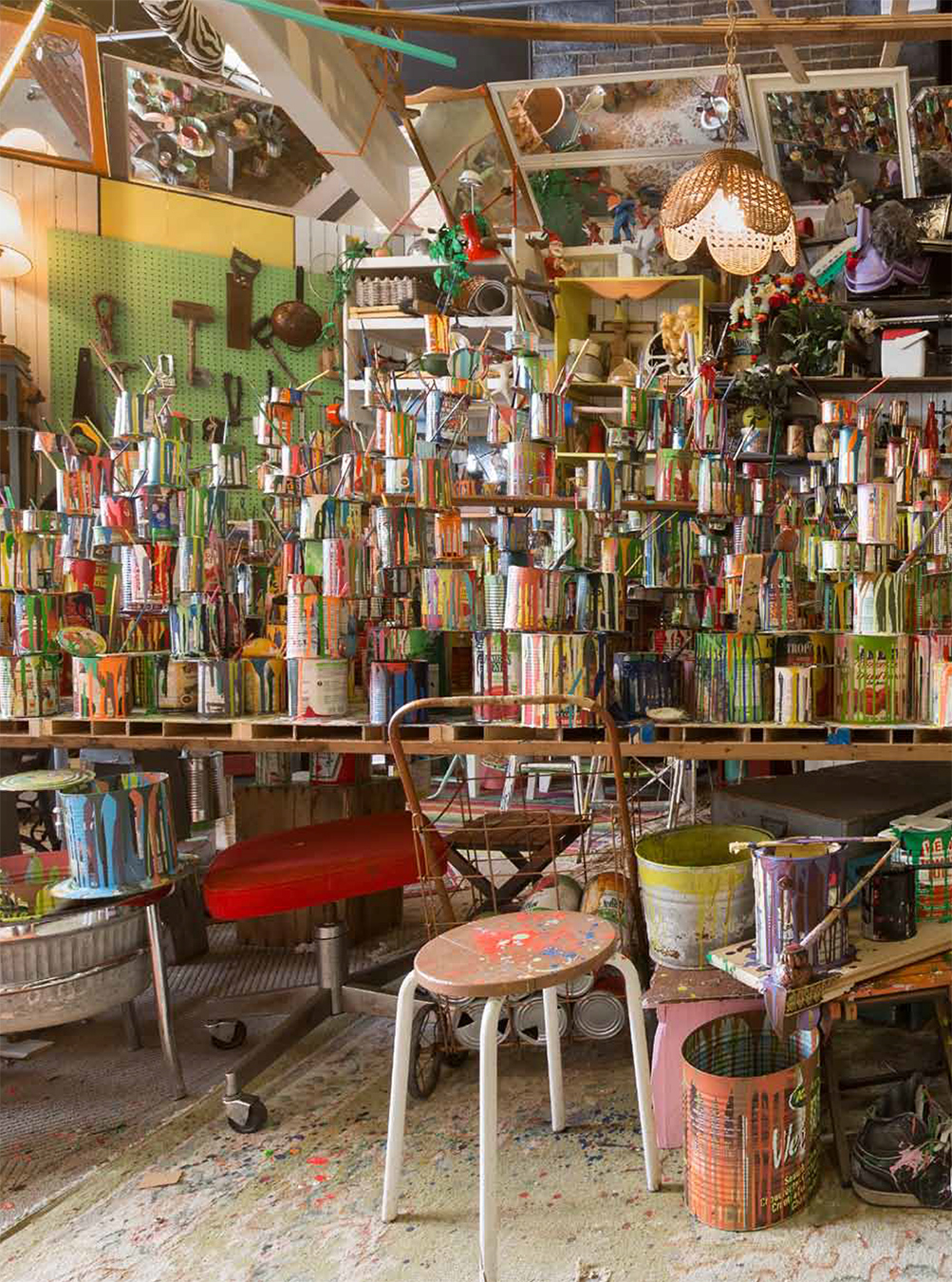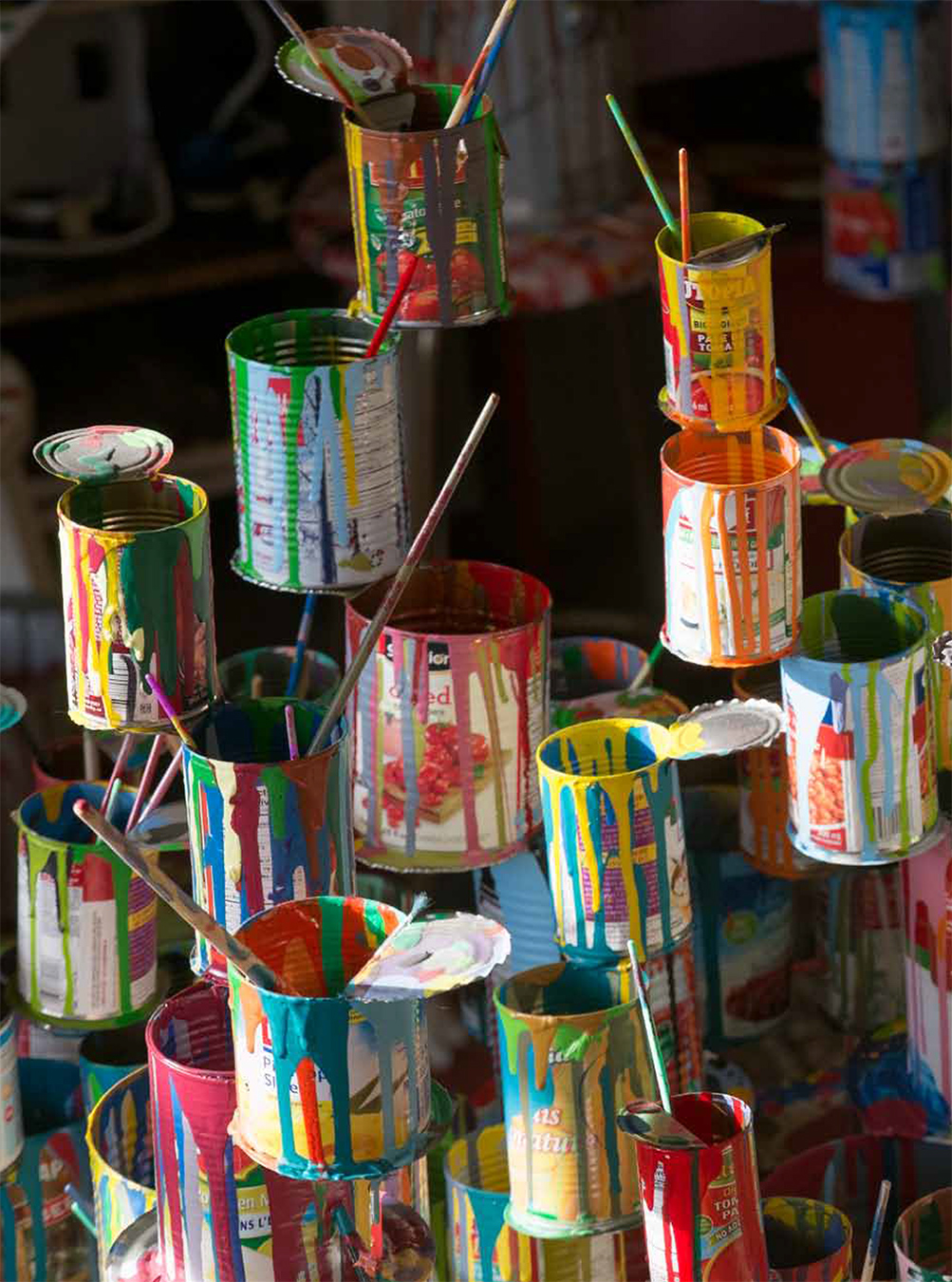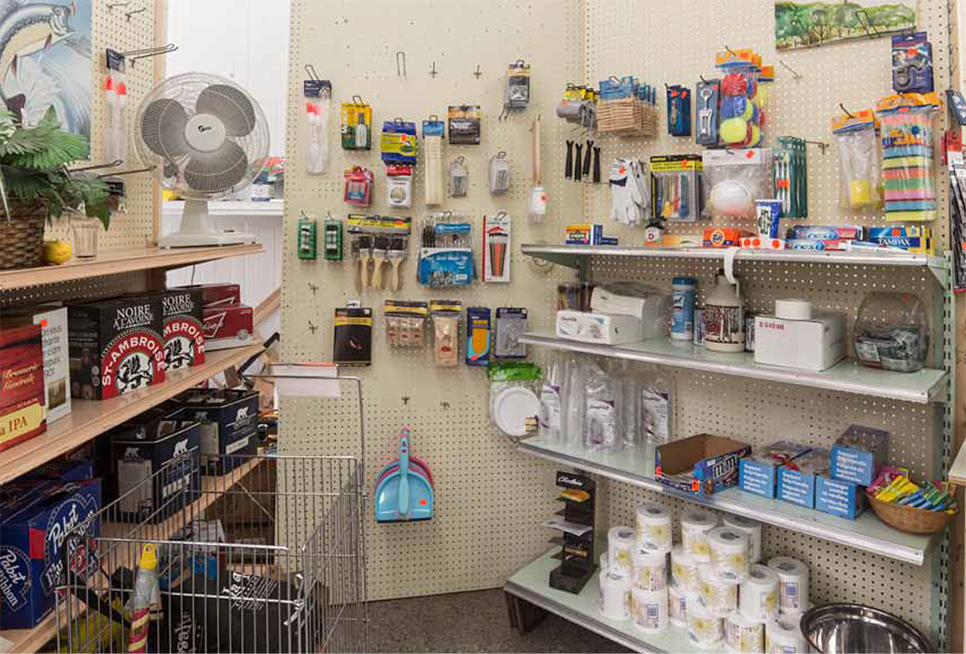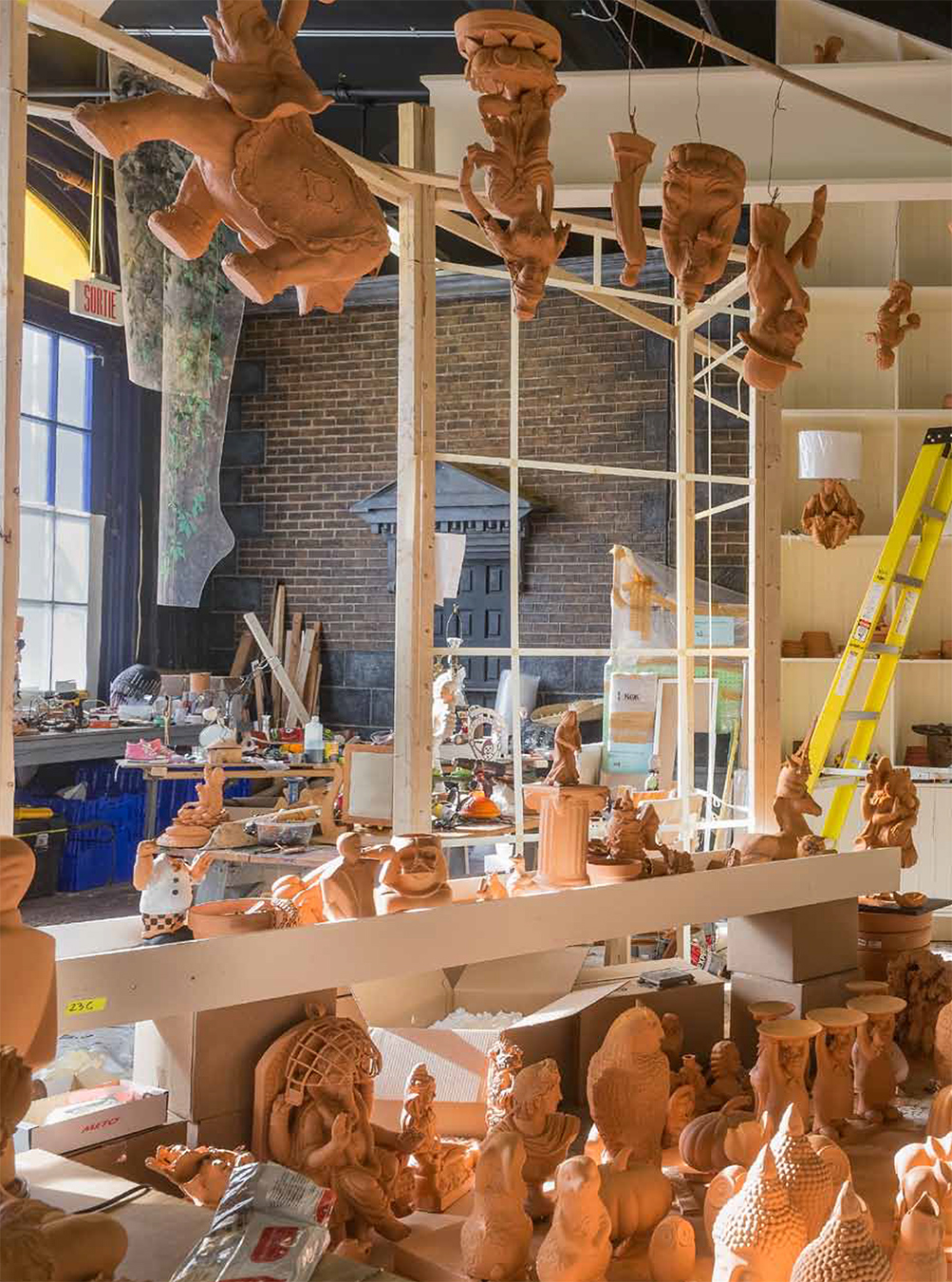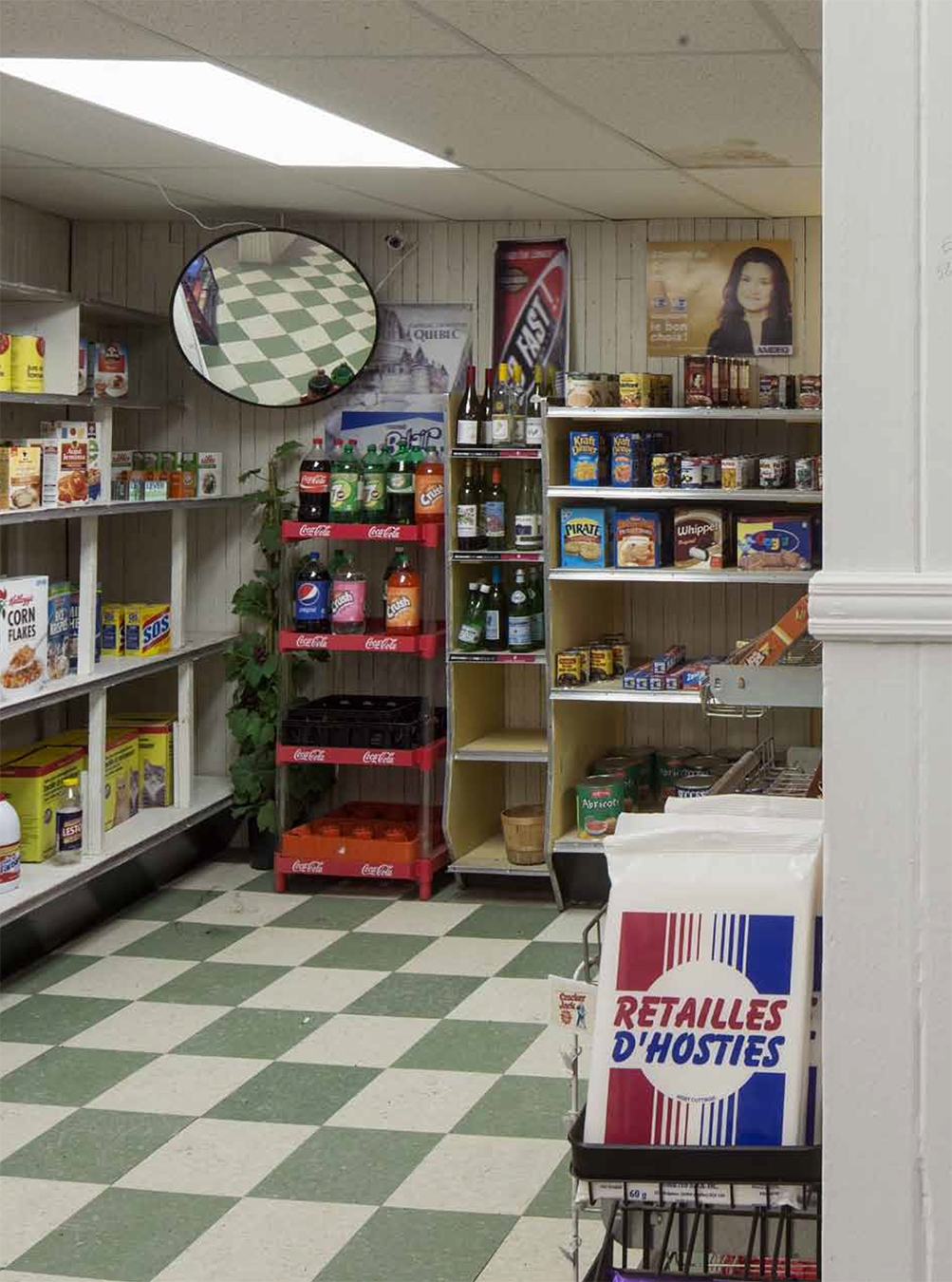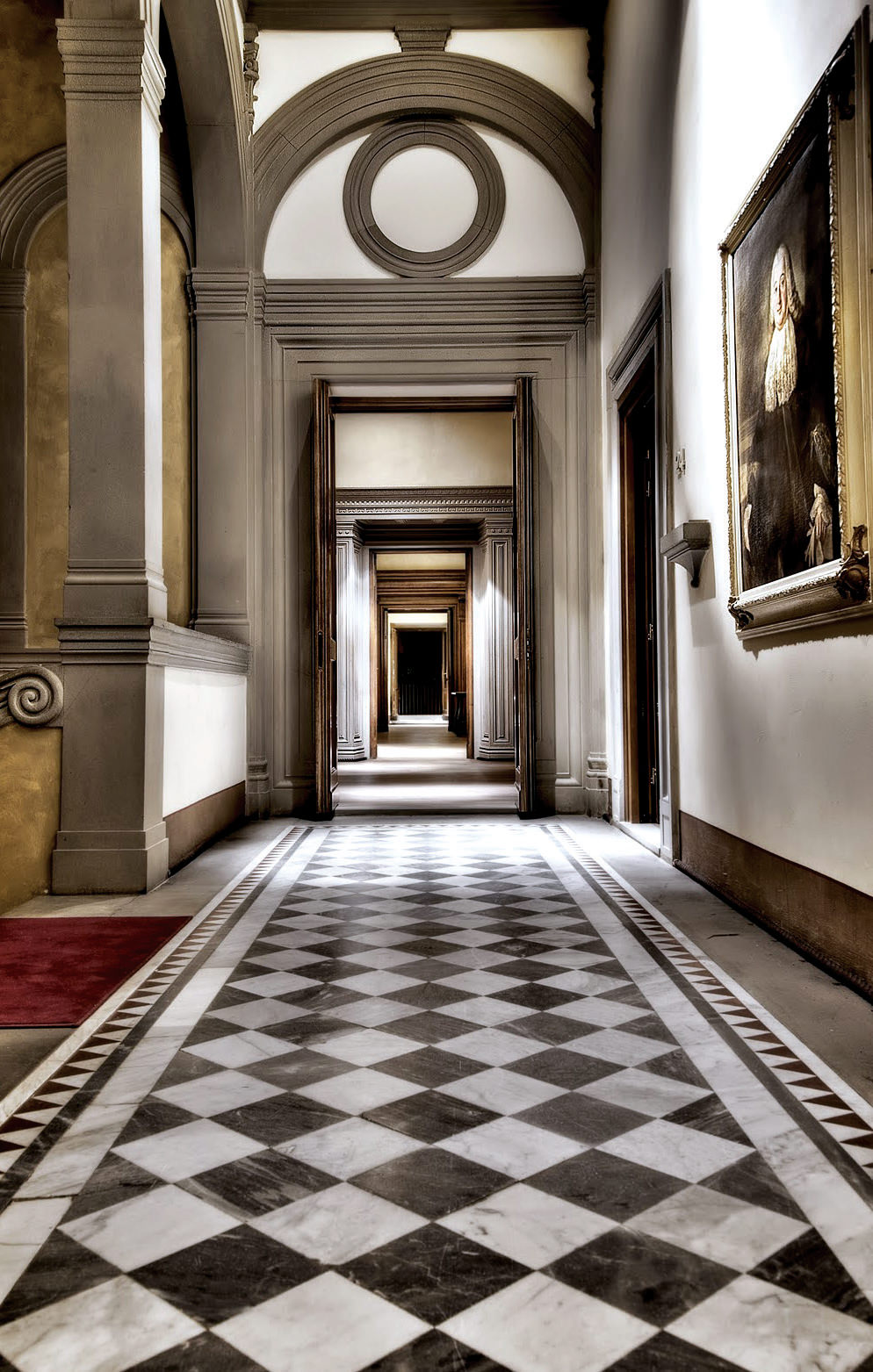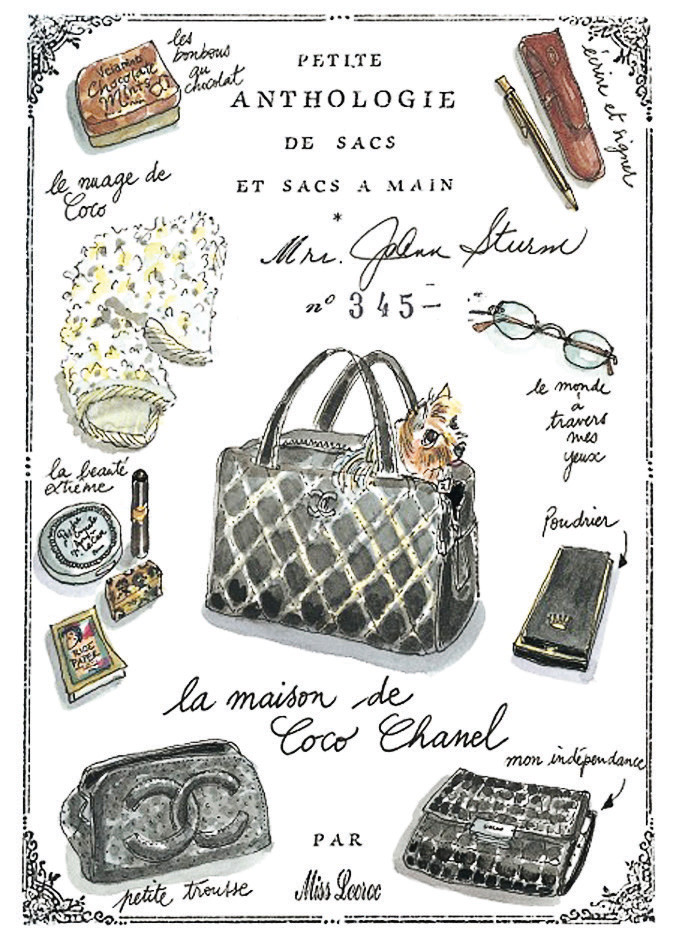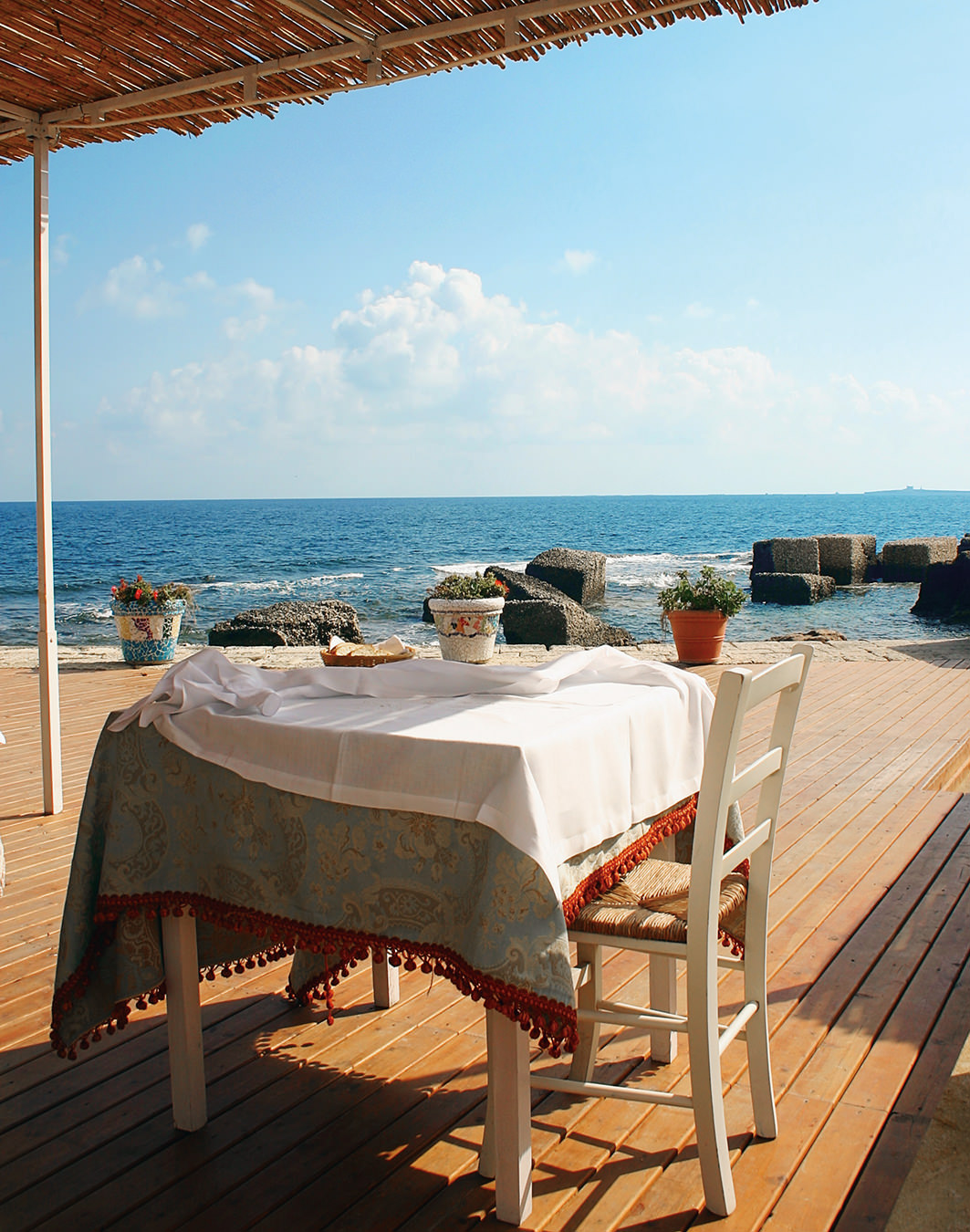BGL’s Canadassimo at the Venice Biennale
Methodical madness.
Just days before Canada’s pavilion opens to the public at the Venice Biennale, Quebec-based art collective BGL is still busy putting the finishing touches on their immense and immersive installation. At 7:00 p.m., well past the end of the ordinary work day, the artists—Jasmin Bilodeau, Sébastien Giguère, Nicolas Laverdière—are still hard at work with three assistants, adding a platform and a series of metal chutes to their already multi-layered artwork, and the sounds of the ongoing construction are such that curator Marie Fraser steps outside the pavilion for a chance to talk.
“We’ve been installing this exhibition for four weeks now, and a new addition just arrived this week,” she explains. From the outside, one would be forgiven for thinking that BGL was rebuilding the whole Canada pavilion; the façade has been completely taken over by a scaffolding structure, which visitors have to pass beneath in order to reach the actual exhibition. And that is just the first phase of a four-part installation that speaks with simultaneous humour and seriousness to the everyday lives of artists—as well as the art of everyday life. Despite the rigour and discipline required to pull off a project of this scale, the artwork itself resonates powerfully as a process-driven experience, rather than an end product or result.
The exhibition, Canadassimo, effectively combines conceptualism with aestheticism in a site-specific installation; although the artwork emphasises the inhabiting and traversing of an environment, the hundreds of individual items placed throughout the pavilion are also visually compelling, and demand a degree of contemplation from passersby. Some, such as the myriad stacks of colourfully dripping paint buckets, are simply stunning to behold; others, such as the convenience store stocked with commercial merchandise, are rife with references to the culture of Quebec as well as the rest of Canada. “There are hundreds and hundreds of cans,” describes Fraser, “and they’re all from Canadian and Quebec products.” In fact, the lower part of the pavilion, beyond the scaffolding, is designed as a dépanneur—a type of corner store found throughout the province of Quebec—and after passing through it, visitors can view a living area and an artist’s studio devised by BGL. All of these sites are filled with witty and allusive objects, some of them readymades, others assembled by BGL from a range of recycled materials. At the end of the exhibition, a patio gives art-goers a place to enjoy a panoramic view of the Giardini.
In a way, Canadassimo can be considered a characteristic example of BGL’s work. The art collective is known for their often comic nudges and winks at Canadian and Quebecois culture, their application of recycled and repurposed objects, and their synthesis of high culture with ordinary life. BGL is also known for their collaborative spirit, and their status as an art collective is one of the reasons they were selected to represent Canada at the 2015 Venice Biennale. “There are many artist collectives in the contemporary art world,” notes Fraser, “but I think historically, one of the first collectives was the Group of Seven in Canada. So the idea that Canada has a history and a long tradition of artist collectives was very attractive for the jury.” Indeed, the list of famous Canadian art collectives is a long one: N.E. Thing Co., General Idea, and Instant Coffee are just a few of the many names that might come to mind.
The concept for Canadassimo comes from the building that hosts the Canadian art at the Venice Biennale. “The Canadian pavilion is between two other pavilions which are much, much bigger,” Fraser explains. “From one side you have the German pavilion, and from the other side you have the Great Britain pavilion. So the Canada pavilion, in a certain way, looks like a service area.” This was BGL’s initial impression of the space when they first visited it a year ago; this impression, satirical though it was, inspired their vision for the whole installation. Fraser mentions how much BGL appreciates humour, and this satiric impulse lends itself to the name of the installation as well. “‘Canada’ is written outside the Canadian pavilion; the addition of a few letters forms a connection between Canada and Italy,” says Fraser. “It’s just a funny way for BGL to address, once again, the context of the exhibition they are a part of. Canadassimo is kind of a hyperbolic way of dealing with national representation.”
This work almost feels like the home of an actual artist: advancing through the different stages of the installation reveals a day job, a living space, and a studio, merging and melding the audience’s impression of fine art with the impression of an average, middle-class livelihood. In this sense, Canadassimo might also be offering a bit of sound advice to its audience members, encouraging them to live their own lives as resourcefully, conscientiously, and creatively as they can.

